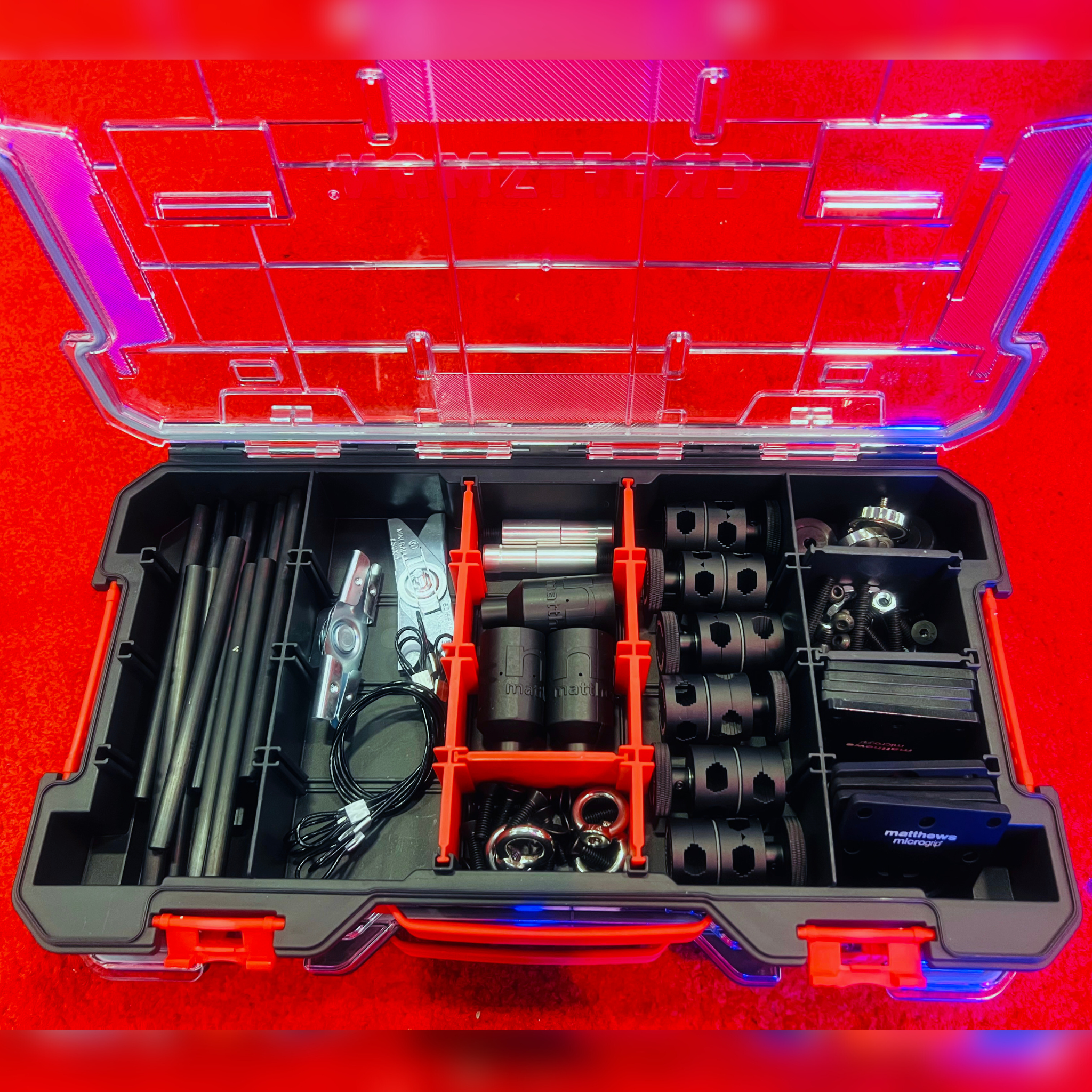New technology offers higher dynamic range to capture dimly lit shots
Ever since video cameras have been used to cover sporting events, there have been problems with wide dynamic range to allow shooters to capture subjects as they move from full sunshine into the shadows. The image loses its detail, and the subject becomes hard to see.
Looking to tackle this challenging production issue, researchers at the University of Warwick in the UK, led by professor Alan Chalmers, have developed what they are calling “the world’s first complete high dynamic range (HDR) video system” that includes a camera (developed by German company SpheronVR) that offers 20 f-stops and captures 1920 x 1980 HD images at 30fps.
The system also requires a special HDR display, which is made up of a combination of an LED and LCD panel. The university is using the modal DR37-P‚ which was made by Brightside (the inventors of the display technology) until being acquired by Dolby in 2007.
“The HDR system can capture the full range of what the eye can see,” Chalmers said. “So, while the human eye can follow the football from sun into shade, until now, a camera has not being able to do it (without the cameraman having to play with the exposure levels). Therefore, we like to say that HDR brings real-world lighting into your living room.”
The HDR video camera was first shown at SIGGRAPH in July 2009. Since then, the team has worked to establish a complete HDR pipeline and improve the efficiency of the compression algorithms.
The HDR system captures much more information than traditional video: A minute of footage requires 42GB of storage, whereas a typical video camera captures about 9GB.
The secret to system’s practicality is high-quality compression based on new algorithms developed by Chalmers’ team that can achieve greater than 100:1 compression with minimum perceptual loss of quality. A spin-off company called goHDR will market the technology commercially.
Get the TV Tech Newsletter
The professional video industry's #1 source for news, trends and product and tech information. Sign up below.
As an example of the technology, 1187 frames shot in RAW format equals 18,842MB. Compressed with the goHDR compression algorithm, that file size is reduced to 60.2MB, for a compression ratio of 312:1. Perceptual difference, computed using HDR-VDP, is said to be 1.19 percent.
“The natural world presents us with a wide range of colors and intensities,” Chalmers said. “In addition, a scene may be constantly changing with, for example, significant differences in lighting levels going from outside to inside, or simply as the sun goes behind some clouds. A human eye can cope with those rapid changes and variety, but a traditional camera is only capable of capturing a limited range of lighting in any scene. The actual range it can cope with depends on the exposure and f-stop setting of the camera. Anything outside that limited range is either under- or overexposed.”
He added that HDR imagery offers a “more representative description” of real-world lighting by storing data with a higher bit depth per pixel than conventional images.
“Although HDR imagery for static images has been around for 15 years, it has not been possible to capture HDR video until now,” Chalmers said. “However, such HDR images are typically painstakingly created in computer graphics or generated from a number of static images, often merging only four exposures at different stops to build an HDR image. Our new HDR camera technology and software enables us to capture and display dynamic HDR images, covering at least 20 f-stops at full-HD resolution and at 30fps.”
In addition, Chalmers said that the HDR system could be used to complement 3-D production technology by providing depth perception without the need to wear 3-D glasses.
